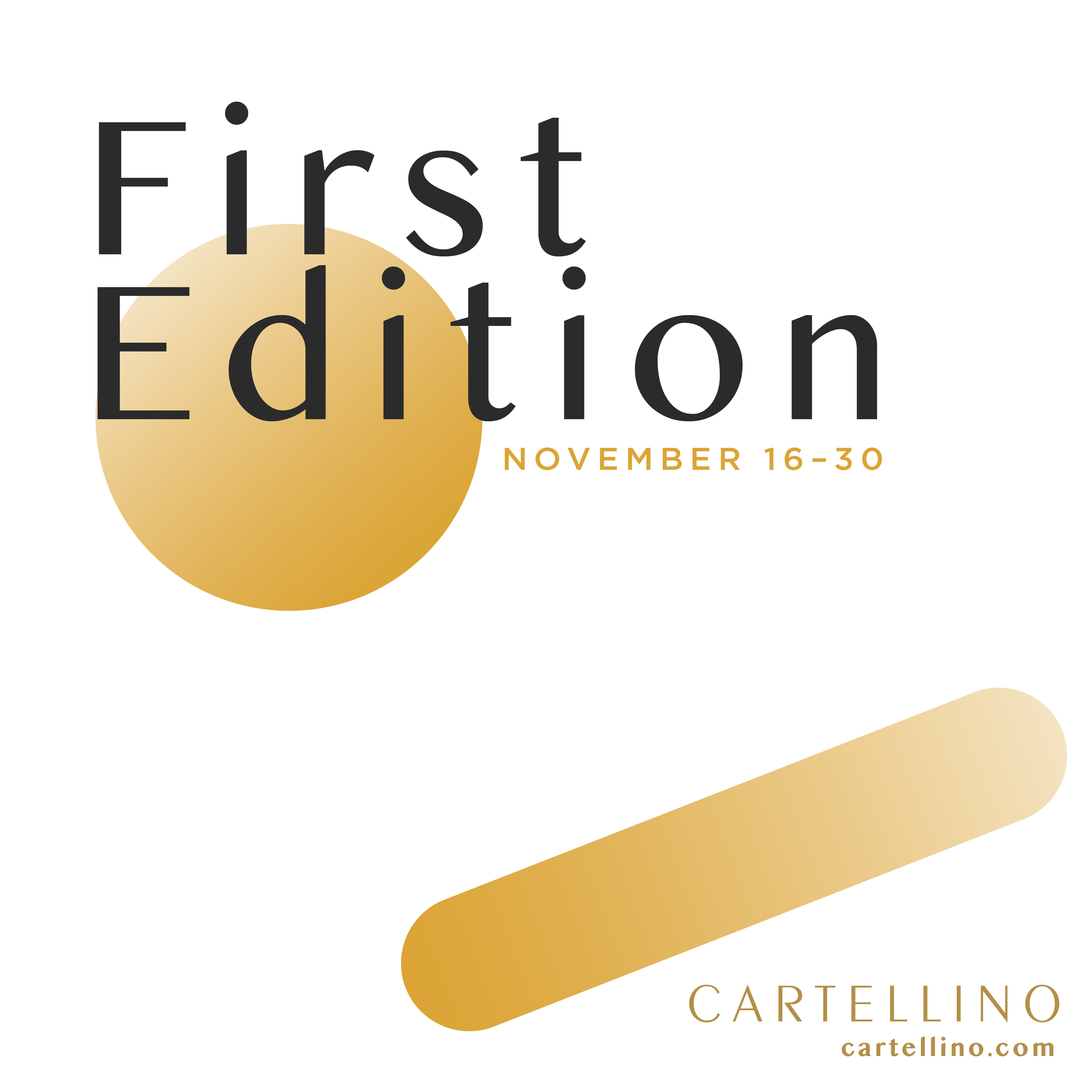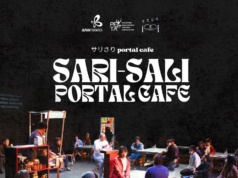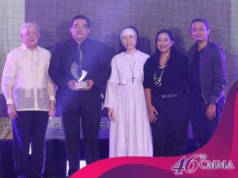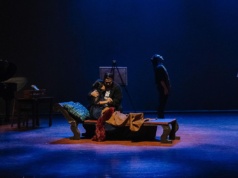Cartellino Launches “First Edition: Artist Print Cooperative”
by Bon Labora
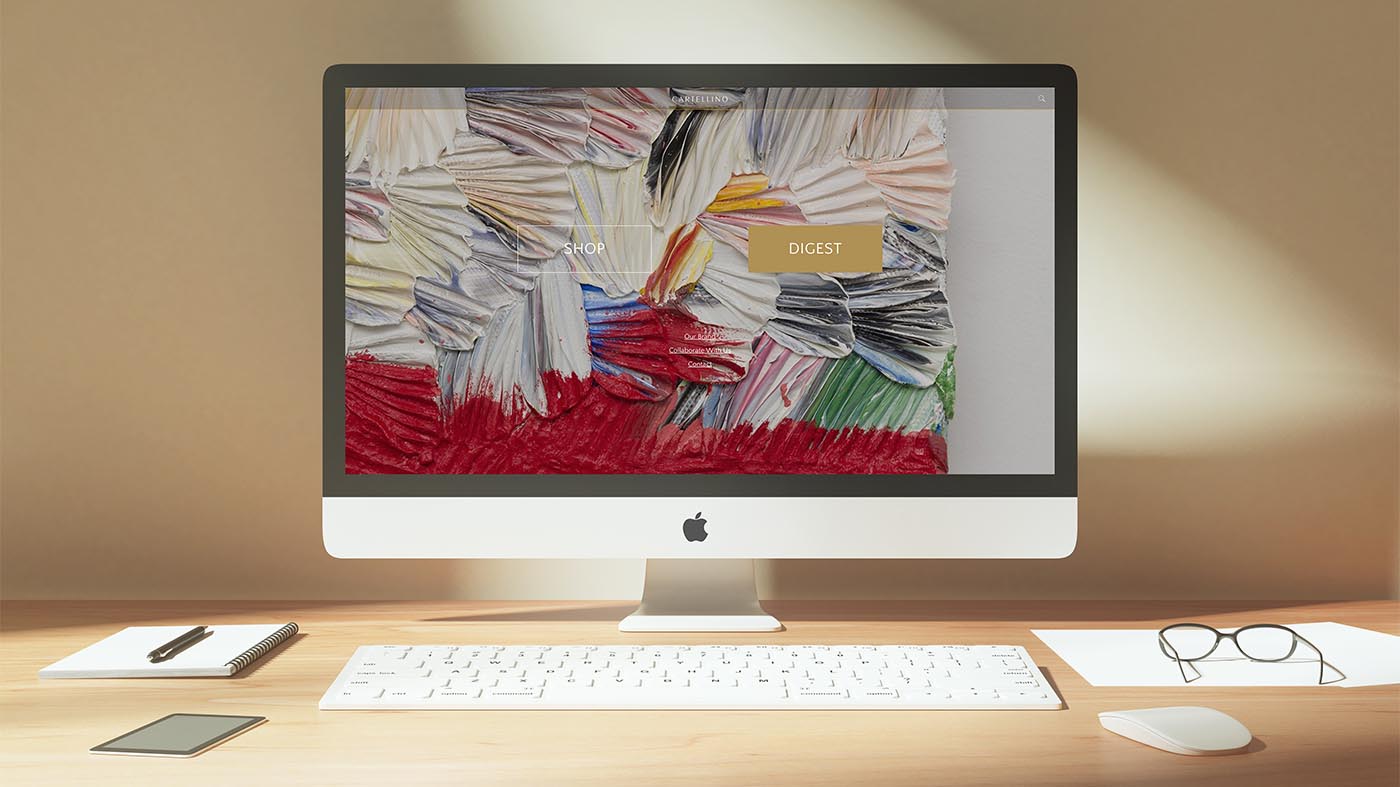
Fueled to explore and learn more about contemporary art, Tanya Mallillin pitched an idea of an online art digest and shop to Galerie Stephanie’s director, Abby Frias Teotico. Abby loved the idea and offered herself as a business consultant and investor. The two then enlisted the help of MEGA writer, Francesca Testa.
The three got the online digest up by September last year; the shop followed that coming February with a soft launch. After setting the building blocks, Francesca opted to be a future contributor for the digest instead. Elo Dinglasan then blundered in to take care of content, right as Art Fair Philippines 2020 was going to launch.
The initial shop template and visuals was inspired by Tappan Collective and Vice’s i-D. The overall idea of art e-commerce came from Artsy. As they wanted the digest to be independent from the shop, we began looking at other models to reconsider content. Singapore’s Plural Art Magazine deserves a special mention, as they are one of the few publications in Asia dedicated to make art writing understandable for a wider public.
Closer to home, what stirred them are contributors to the CNN PH Life section, ManilaArtBlogger, Jed Gregorio’s Artist Talks segments for Inquirer, UP Vargas Museum’s PCAN, and Carlos Quijon Jr.’s tractions. Their inspiration came from everywhere — if not from groups, then individuals.
Cartellino in Italian, the “little paper” was a prominent marker in early Renaissance portraiture. Though innocuous, the cartellino would contain key details: the artist’s signature or the subject’s name, a personal motto, or religious salutation.
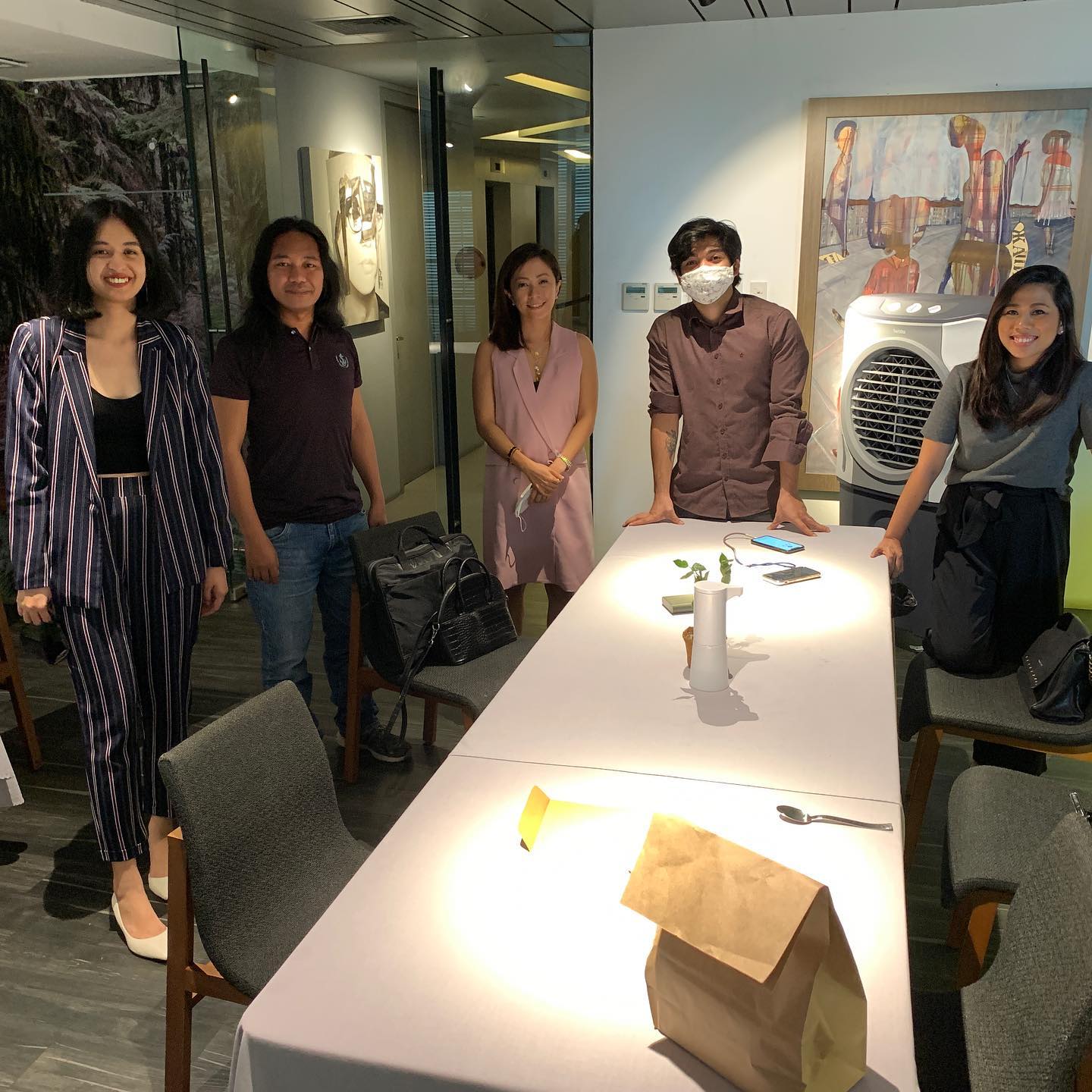
Cartellino is something similar, a supplement, for those looking to learn and engage with contemporary art. To draw attention in the little parts, a nugget of context, a nuanced response, to effect a thoughtful, timely nudge. They want to help jostle more people to see the local goings-on, generate creative responses, ask more questions. This all has to do with furthering appreciation, encouraging people to withhold judgment and see the art for themselves.
They offered the artists a transparent price model for them to know—from a purchase—how much of the proceeds would go to them directly, how much would go to the beneficiary, and how much to the artist communal fund. From there, the artists have the freedom to set the edition number and selling price. Rights to their original artworks remain with them.
The project is Print on Demand.
Prints set a lower price floor for beginners to art. It’s a twofold thing: the accessibility accorded to prints and reproductions would (hopefully) lead to more substantial proceeds all around.
Cartellino’s service charge is priced in a way to breakeven: curators are paid out of pocket, as are our partnered web developers. All artists see these play out in the price breakdown we showed them.
After the necessary fees (included are production costs and transaction fees), the profit allocation follows a 50/30/20 split. From a purchase, 50% goes to the artist. 30% goes to the beneficiary. 20% goes to the communal artist fund, to be split afterward evenly among the artist-participants. Smaller rosters meant more substantial shares from the artist fund; it also allowed us to help several causes at once with artists who support them.
Cartellino will hold a two-week run of limited edition archival prints, online on their website, from November 16 – 30. A fundraiser as well as their shop’s inaugural flagship, First Edition focuses on one idea: art supporting its practitioners, supporting those in need.
For more details about the event, participating artists and beneficiaries, click here.
They hope to involve more artists, have a more expansive digest and shop portfolio, and be able to commit to local collaborations on the regular.
From a future audience’s point-of-view, they hope to eventually come across as—as mentioned—“embedded.” There are enough avenues for writing and e-commerce for art as it is. Again, they are all for it. We can only hope Cartellino is of a different kind.

